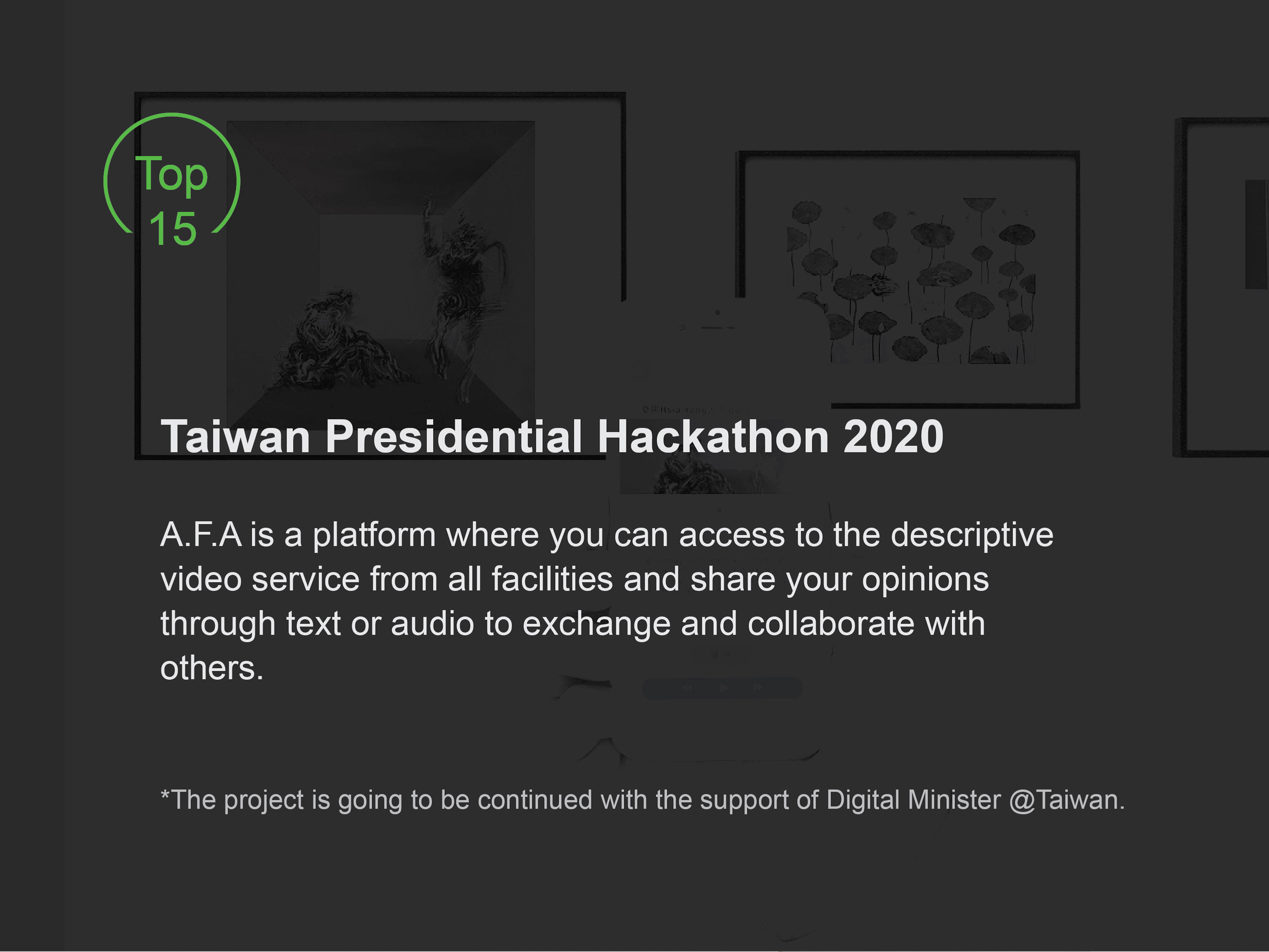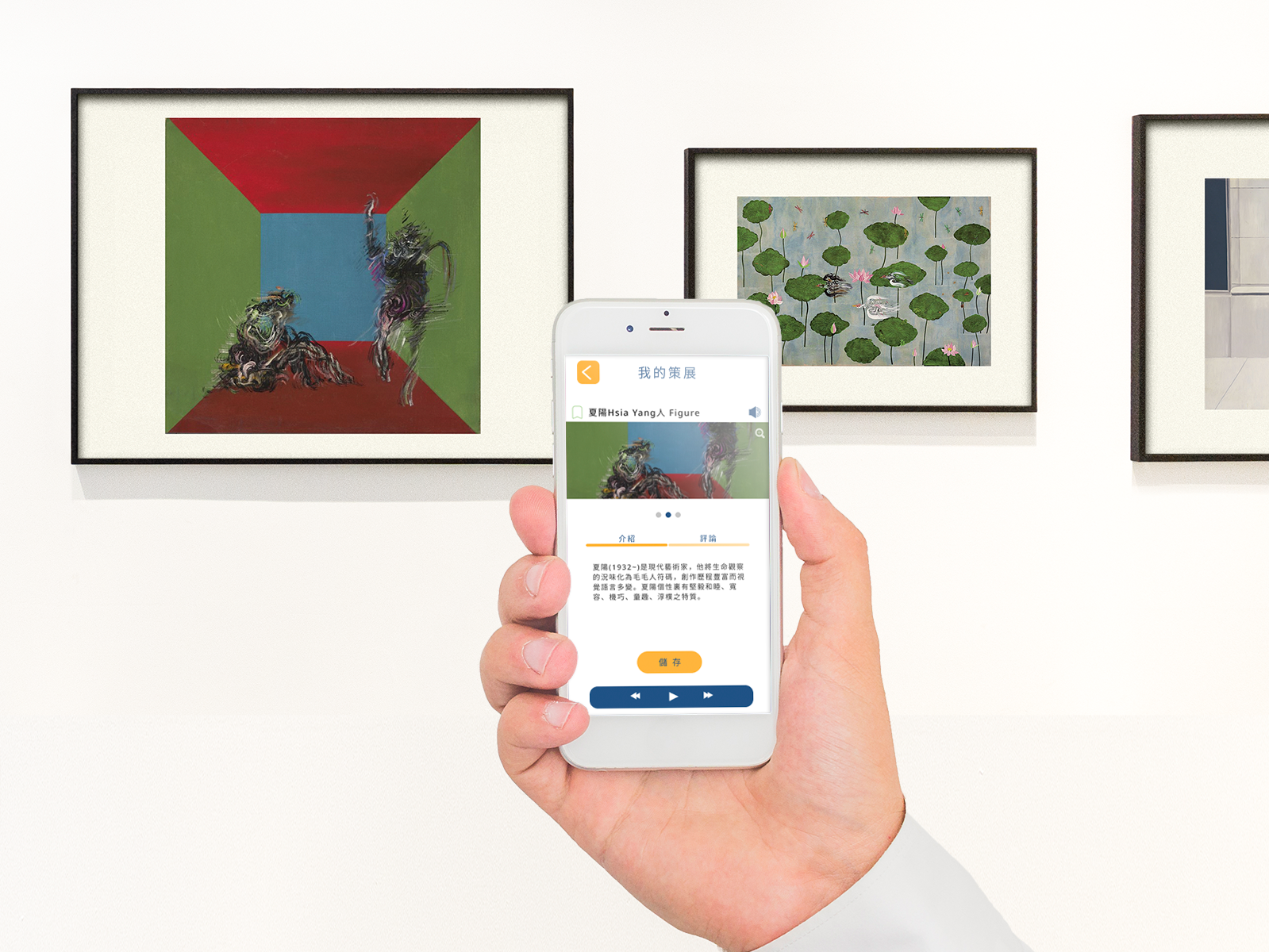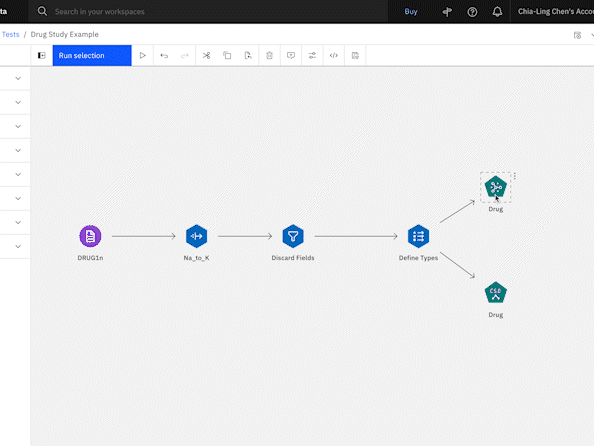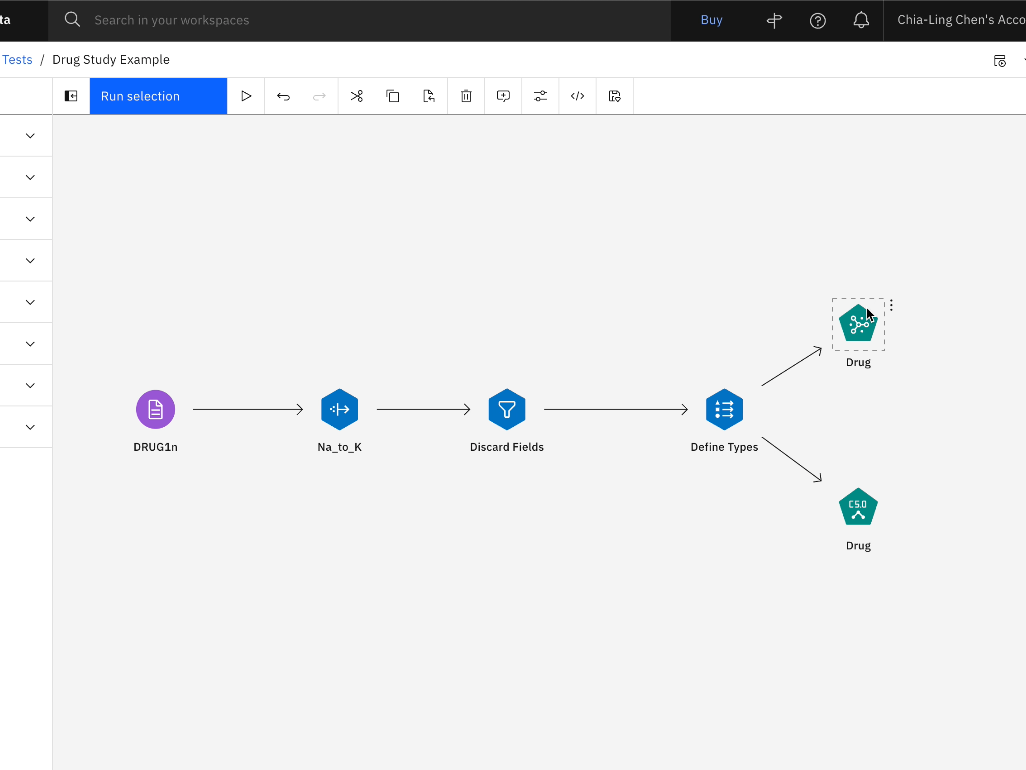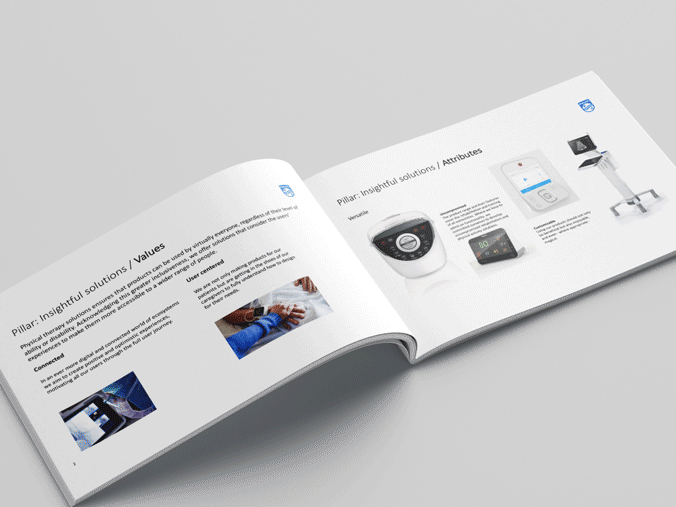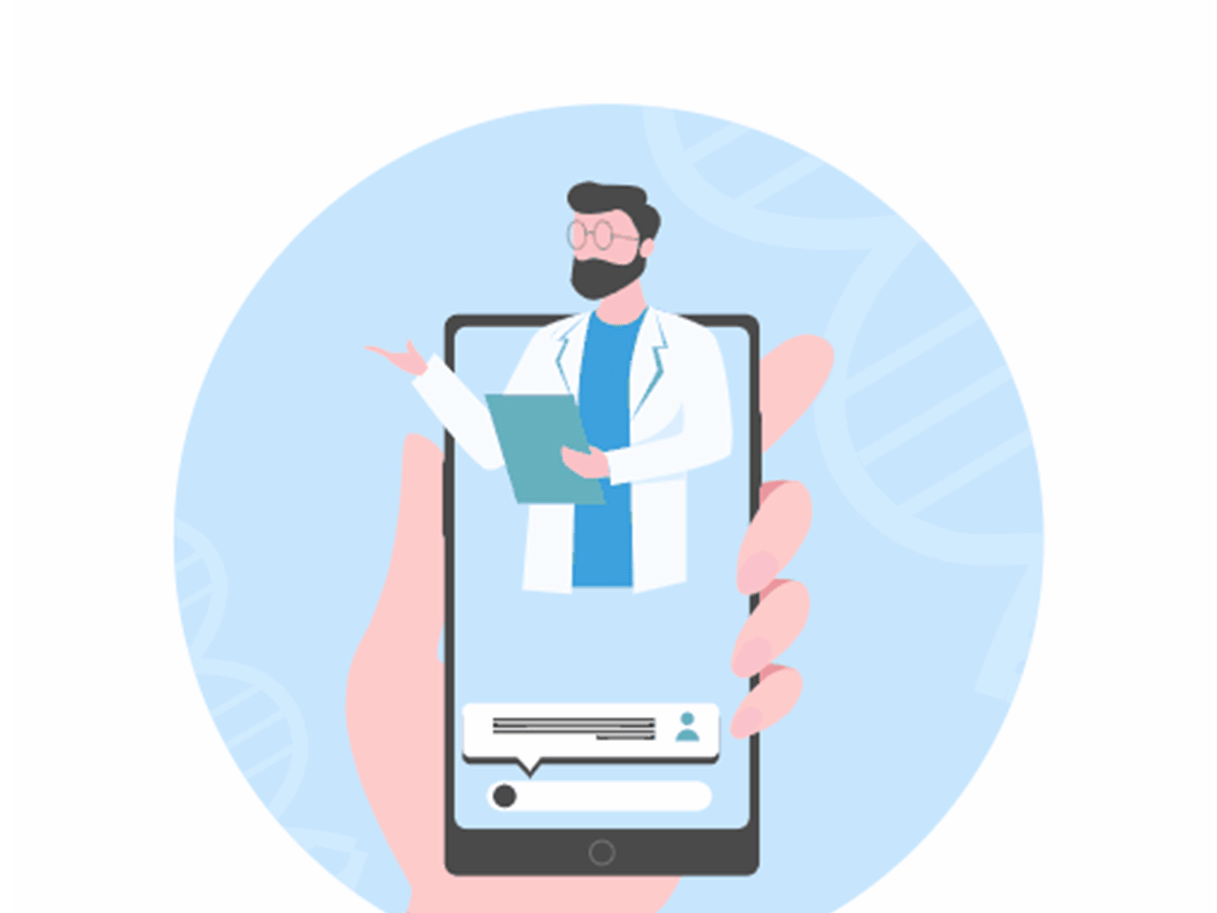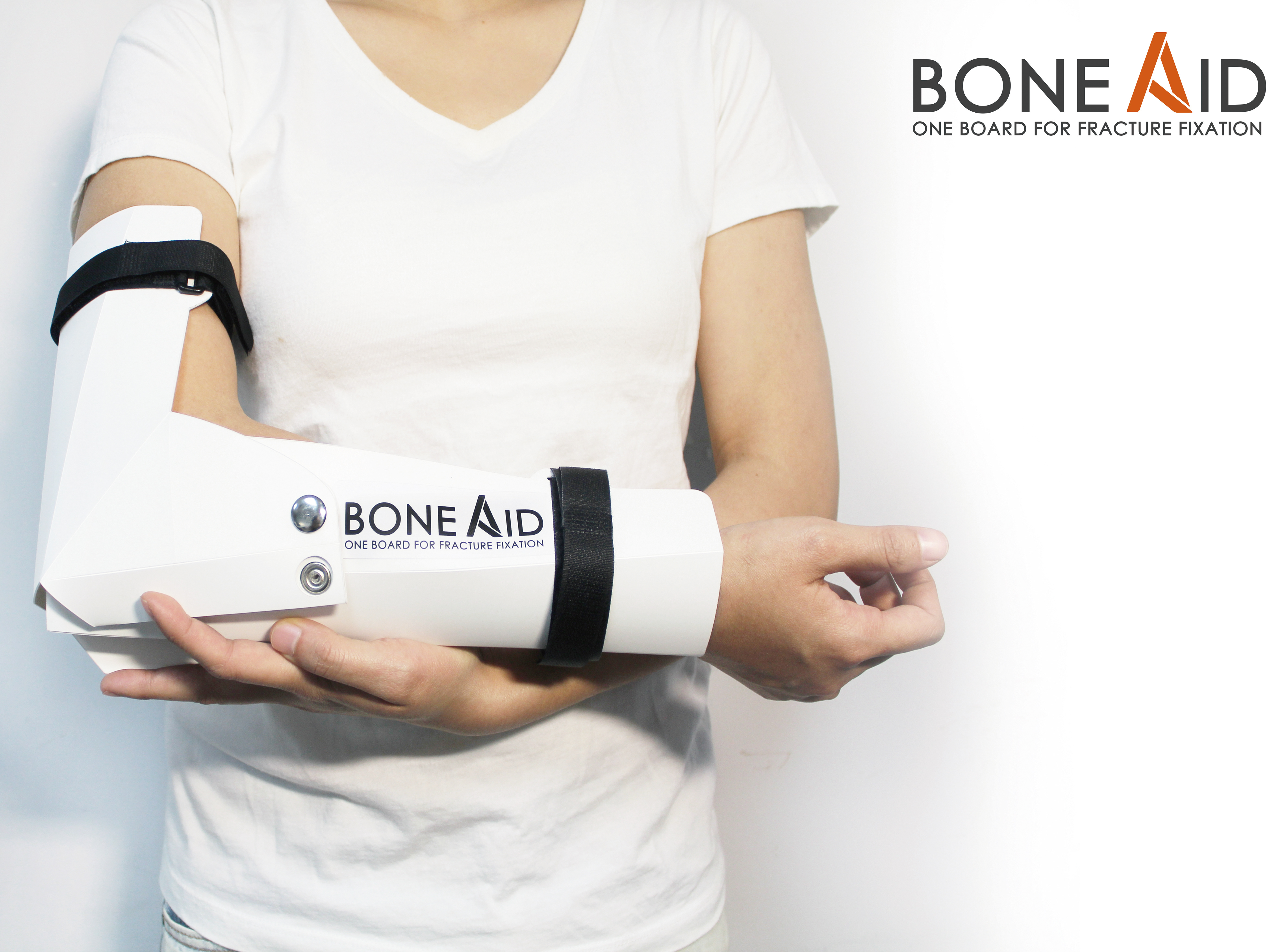Who am I in this project?
Design Lead
Who did I work with?
・Internally
CTO, 2 Front-end & 2 Back-end Engineers, Marketing Lead, Mechanical Engineer Lead, Sales Lead, Design Team
CTO, 2 Front-end & 2 Back-end Engineers, Marketing Lead, Mechanical Engineer Lead, Sales Lead, Design Team
・Externally Philips Brand Committee
Project Lead, Design Representative, Sales Representative, Marketing Representative
What tools did I use?
Sketch, InVision, Craft Manager, usertesting.com, Zeplin, Adobe Creative Suite
What skills did I use/learn/gain?
User Interview & Analysis, User Research, Workshops, Ideation, User Experience Flow, Design Guideline, Wireframing, Design Guideline, Interface & Interaction, Rapid-prototyping, Cross-Functional Communication, Usability Testing Planning & Implementation, Quality Assurance Testing, Design Iteration
This short experience video demonstrates the interaction between tangible products, intangible solutions, and users.
Our vision
MyCare enhances work efficiency by improving seamless communication between multidisciplinary teams, avoiding repeatedly patient records taken, and collecting patients' performances during rehabilitation. Importantly, it enables physical therapists to deliver better rehabilitation outcomes for patients with data analysis assistance.
Market scale
How big is the Physical therapy market in the U.S?
Market Size: $37bn
Number of Businesses: 130,627
Industry Employment: 516,246
Average industry growth 2014–2019: 3.2%
Over the five years to 2019, the Physical therapy industry in the U.S experienced revenue growth as a result of the aging population and increasing acceptance of the benefits of physical therapy services. The number of adults aged 65 and older has also helped support industry revenue growth during the period because seniors are more likely to require physical therapy services due to the increased prevalence of injuries, illnesses and chronic conditions in that age group. From now until 2024, industry revenue is forecast to continue growing. On the other hand, the number of people employed as Physical therapists has been growing at a rate of 0.75%, from 247,225 people in 2017 to 249,079 people in 2018.
Source from: IBIS Physical Therapy Rehabilitation Centers in the US industry statistics, February 2019
To be one of the pioneers in the physical therapy industry, we thrive to break down the barrier of accessibility to the data from rehabilitation. Our digital service ensures the data is protected carefully with medical certified standards.
User interview
I led user interviews with physical therapists in cooperated hospitals. I started with qualitative questions that focused on how do physical therapists start their work from start to end. This helped me capture all details and all tasks they have to do and how does the workflow look like for everyone. Following on that, retrospective think-aloud protocols were introduced to all physical therapists. Since medical work is more complex and high-intense I decide to use RTA to gather more direct reactions due to the means of retrospective think-aloud eases interrupted performance. Last, we mapped out all problems and observations from the interview and converted those problems into our value proposition.
Q: As a physical therapist, what tasks are the most time-consuming on a daily basis? And why?
Respondents: 2 national hospitals and 2 local clinics
Let's dive in a bit more.
How much time do above tasks take per day?
As a physical therapist, do you wish some of the tasks can be taken over by technology?
85% Positive
Physical therapists want to have a service that can cover their workload.
15% Negative
Due to the issue of system conflicts, learning time, data security and maintenance.
Interview insights
・ Collecting data is the most time-consuming task for therapists in their daily duties..
・ Data analysis becomes even harder when there is no complete data in hand.
・ Communication isn't seamless between multi-disciplinary teams and patients due to the lack of data analysis support.
・ The main reasons that cause therapists to seek assistance from technology are due to the disorganized tasks, as well as segmented and repeated attribution.
The tasks attributes are chaotic, segmented, and repeated.
Value propositions
・ Collect protected data from our product to the cloud.
・ Provide the caregiver with a customizable platform to pre-set parameters for patients.
・ A low threshold communication portal for the caregivers from multidisciplinary teams.
・ Analyzing data and presenting it in a clear format and intelligible charts for insurance companies.
・ Subsequently, the application will provide the tools in the future to provide care via distance, like home assignment and consultation, and an interface for patients to keep track of their own performance.
The service we provide needs to be intuitive, organized, and automatic.
Concept map
To help physiatrists and therapists work in an efficient way. After conducting research, mapping out insights, and proposing a value proposition, we targeted to complete the physical therapy ecosystem by providing features that reflect our three key values and ensuring our users that all data and information are secured and exchangeable.
Ecosystem
Constraints
・Device Specifics
・Quick update
・Users’ physical and cognitive abilities
・Design principles and guidelines
・Available to integrate other systems
・Reliability requirements
・Maintainability requirements
・Technical constraints
・Limited capped budget
Design process
Through the above steps, we gain an empathic understanding of the problem we are trying to solve – to increase the efficiency of physical therapy.
This allows us to start the design thinking process where we involve physical therapy experts to find out more about the area of concern through observing, engaging, and empathizing with our peers to understand their experiences and motivations, as well as immersing ourselves in the physical environment so we can gain a deeper personal understanding of the issues involved. Empathy is crucial to a human-centered design process such as design thinking, and it allows us to set aside our own assumptions about the physical therapy world in order to gain insight into users and their needs.
a) Define
After conducting user research and problem reframing, we start defining our product from the perspective of the whole ecosystem to detailed user interaction. During this stage, we put together the information we have gathered during the Empathize stage (problem statements). This is where we analyze our observations and synthesize them in order to define the core problems that our team has identified up to this point. We seek to define the problem as a problem statement in a human-centered manner.
It turned out that, through our bottom-up interviews and research,
・75% physical therapists have a hard time signing off for the day since medical diary requires significant time to complete.
・66% of them are required to give patients and insurance companies their personal rehabilitation progress.
・45% find it hard to demonstrate a patient's condition by solely written notes.
・66% of them are required to give patients and insurance companies their personal rehabilitation progress.
・45% find it hard to demonstrate a patient's condition by solely written notes.
Those are the most important pieces of facts that we would gather as we started the ideate phase of our journey through this case. Based on the results, we consolidated directions. In the next stage, we mapped out all scenarios and personas to gain the key insights and find opportunities through experience flow.
b) Ideate
Collaborate early and often.
We create many ideas in ideate sessions based on the understanding of human needs and re-framing the problem in human-centric ways. As a design lead, I ensure the team is on the same page by keeping an up-to-date user experience flow on their wall. I find it beneficial to not only increase the chance to review the flow but also get new insights. To open our design team minds to receive something new to solve problems and find alternative solutions, we invite cross-departmental peers on a regular basis to do stand-up brainstorming. Two of the features are inspired from our technicals by our engineer team and are included in our product features.
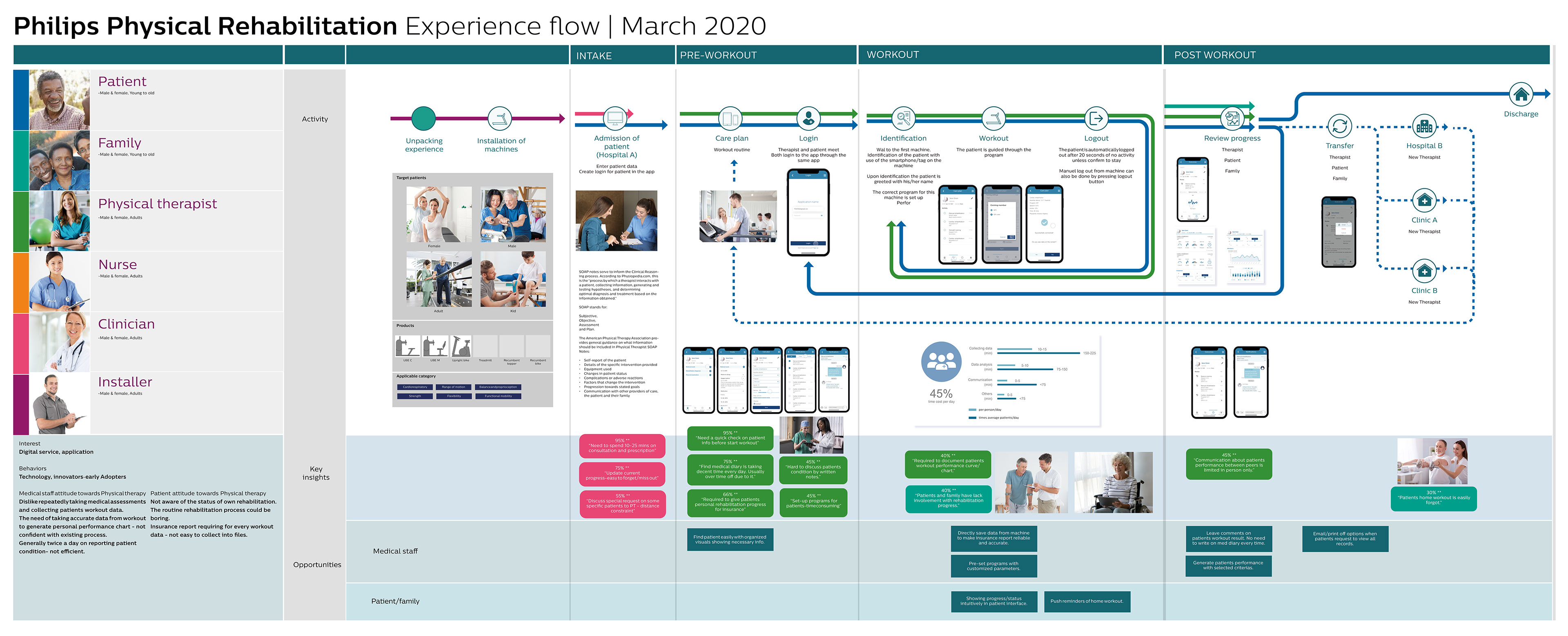
Based on the problems that have been sorted out, I led the team to complete this user journey map aiming to illustrate the relation between digital solution and connected device, user feedback, insights and product opportunities across multidisciplinary teams. We brainstormed many ideas in ideation sessions by understanding the human needs involved and re-framing the problem in human-centric ways. As a design lead, I ensured the team is on the same page by keeping an up-to-date User experience ow on their wall. I find it a good method to not only increase the chance to review the ow but also get new insights collaboratively.
c) Prototype
From low to high fidelity, we have been through numerous iterations. We draw rough sketches when we get stuck on the decision. By adopting a hands-on approach in prototyping and testing, the solution we cultivated for physical therapy was adopted into the final product.
A decision made by Philips Brand committee showed that our Design team has been prepared to
kick-off the prototype process. This solution is viewed as the key to lead Philips Physical Therapy to a new era with potential revenue of $5.2 M in upcoming year, $8.6 M following after.
kick-off the prototype process. This solution is viewed as the key to lead Philips Physical Therapy to a new era with potential revenue of $5.2 M in upcoming year, $8.6 M following after.
Low fidelity
High fidelity
Design guideline to help communicate between designers and developers internally and externally
Design guideline to help communicate between designers and developers internally and externally
Design highlights
Design close-up, A/B Testing
Revisit member-Usability metrics for effectiveness
A/B testing
A/B testing result
d) Usability test
We physically and remotely conducted usability tests. In the physical test, we focused on observation of real time user reaction and their behavior during the process (Quality).
Furthermore, we relied on Usertest.com and inVision for remote testing which enabled on-demand feedback about our service from its target market (Quantity).
e) Design refinements
We gathered feedback from users and made revisions. Due to our focus across North America and Europe territories hospitals and clinics, we have to capture the universally valuable features to meet the maximum needs.
f) Result
Based on the latest test we conducted after design refinements, our App has saved physical therapists up to 80% time with the service we provided. Each task time has set to be completed in 1.5 min where it is currently 3 min without using the platform. We believe that our platform has not only helped increase efficiency but also remains a smooth and short learning curve for users through the data from testings.
User feedback
How much time does it save for a Physical therapist from time-consuming tasks in a day?
Conclusion
The process above, in practice, is carried out in a more flexible and non-linear fashion. Different groups within the design team may conduct more than one stage concurrently, or the designers may collect information and prototype during the entire project so as to enable them to bring their ideas to life and visualize the problem solutions. Also, results from the testing phase reveal some insights about users, which in turn may lead to another brainstorming session (Ideate) or the development of new prototypes (Prototype).
Additionally, in the leadership experience, I have gained a lot of skills and experience. The most influential ones are to assess thoroughly, to be flexible for customization and to build a smooth communication channel since I understand the key to a successful project is collaborating beyond the design itself.
Activities
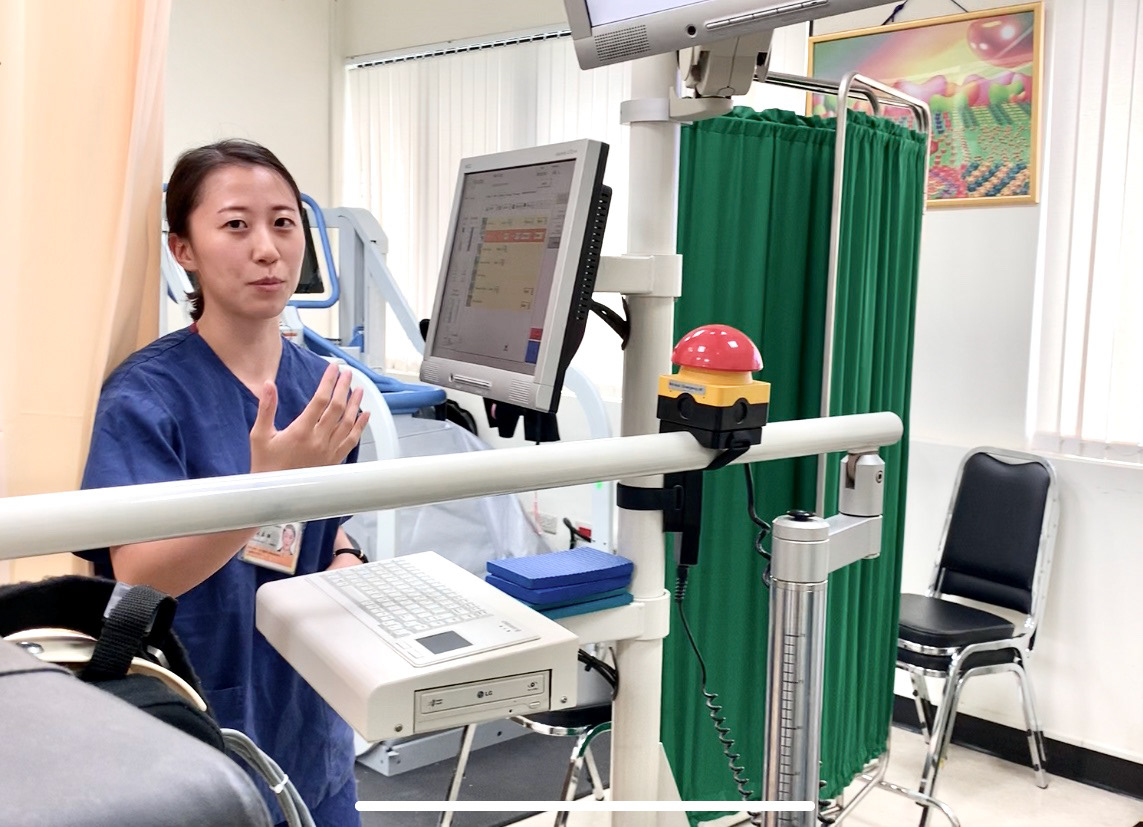
User research
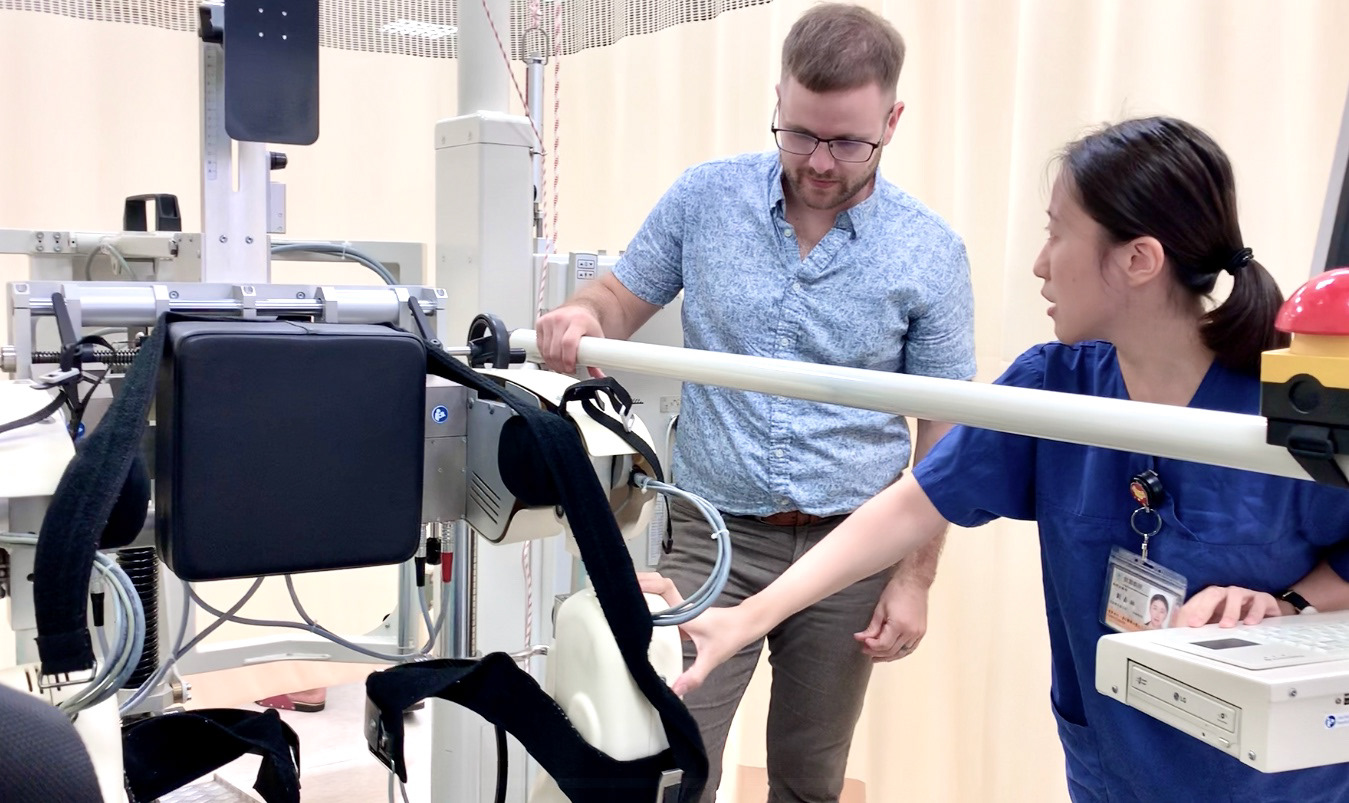
User research

User experience flow

Prototyping

User testing
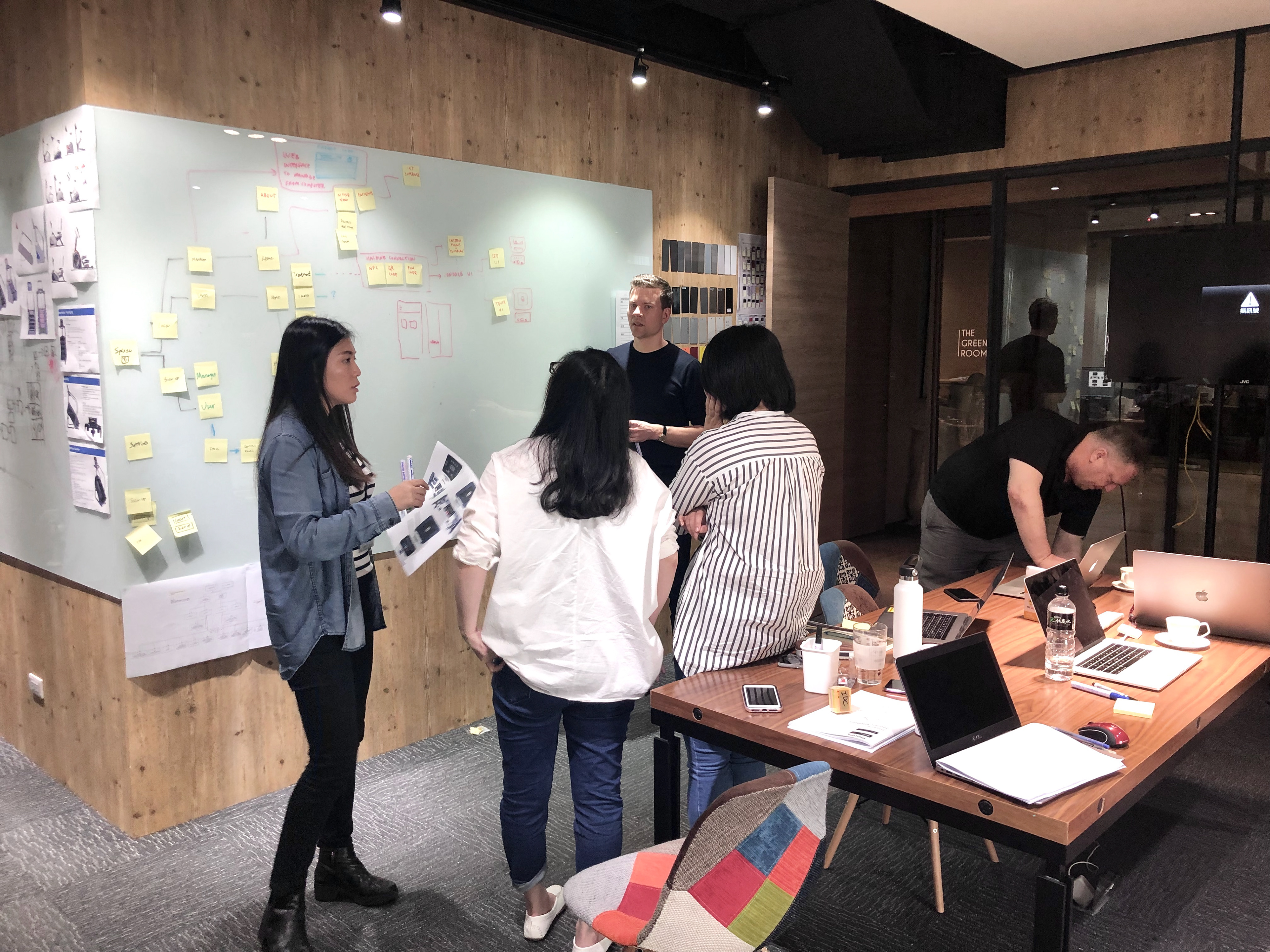
Collaboration with different stakeholders

Brand Committee Quarterly Meeting
My reflection
・Led the Design process including emphasizing, defining, ideating, prototyping, and testing.
・Framed problems and finalized value propositions, visions, and objectives.
・Took conceptual ideas and defined them into a useful and valuable product experience.
・Led and developed identity packages, templates, guidelines, and user experiences.
・Thinking in terms of design systems and making rational design decisions.
・Constantly pushed the team's limits and searched for opportunities to become better.
・Leveraged problem-solving and communication skills in the project.
・Been a Representative of Design at Business quarterly meetings where I reported, updated, and aligned expectations with clients and the Committee.
Chia Ling Chen
UX Design・UI Design・Product Design
Open to relocate.
Thank you for your time and attention.
If you are interested in discussing further about my work, please get in touch with me at chialing83@gmail.com
If you are interested in discussing further about my work, please get in touch with me at chialing83@gmail.com
